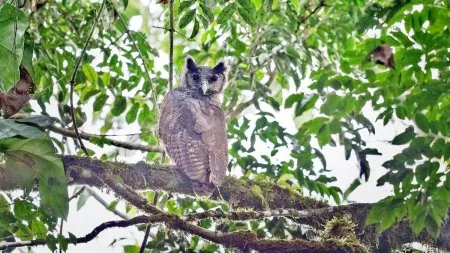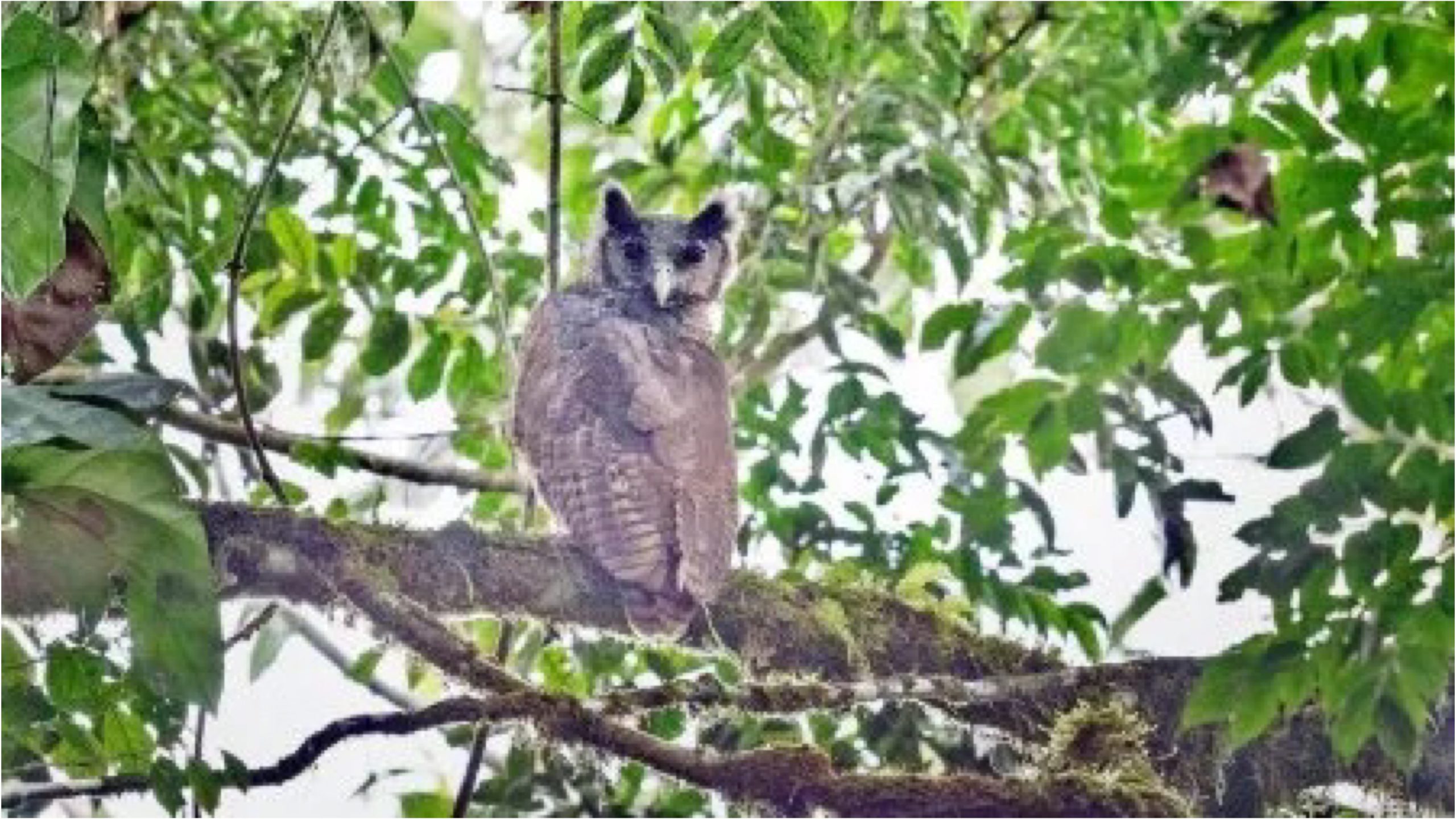The Shelley’s Eagle Owl, a bird thought to be a myth at worst or extinct at best has been discovered in Ghana’s Atewa forest. Since the 1870s when it was first described, only glimpses have been caught elsewhere, according to Imperial College London (ICL) with no confirmed sightings or photographs to prove it.
Last week, researchers Joseph Tobias from the Department of Life Sciences at ICL and Robert Williams, a freelance ecologist sighted and successfully captured a crystal-clear shot of the bird perched on a branch. According to Bird Life International, Shelley’s Eagle Owl is a vulnerable species with less than 10,000 individuals assumed to exist in the entire world. To protect this bird and more endangered species, environmental groups are lobbying for the Atewa forest in Ghana, where the owl was recently pictured, to be turned into a national park and protected.

The Atewa Range is a key ecosystem in West Africa. Spanning 26,000 ha, it is classified as a Globally Significant Biodiversity Area. As a protected forest reserve,it is meant to be excluded from all mining activities. However in 2018, the Government of Ghana signed a deal with the People’s Republic of China that involves hydropower company Sinohydro building infrastructure across Ghana through a loan to be repaid with receipts from Ghana’s refined bauxite. Atewa Range Forest Reserve is earmarked as one of the sources of the raw materials.
The forest range boasts significant plant diversity, with at least 1100 plant species, some 100 threatened or endangered species, including the recently discovered and almost extinct primate White-collared mangabay. It also houses over 570 species of butterfly, the highest number in West Africa.

Bauxite mining in the range presents a threat to its biodiversity, and endangers the rights of communities who depend on the forest for food, livelihoods and clean water. Extracting bauxite in Atewa would require ‘strip mining’ where the whole surface layer of soil is removed. This would mean a total loss of the forest in the mined areas, along with all the biodiversity including habitats for Endangered and endemic species.
The process also poses a great danger to the water sources in the forest that so many communities and downstream users depend on. In fact, the headwaters of the Ayensu, Densu and Birim rivers arise in the forest and provide clean water daily for over 5 million people and animals in the forest.

There have been reports of some mining activities already underway in the forest, threatening the precarious balance of the ecosystem. Hopefully, the discovery of this once mythical bird will result in renewed efforts by concerned parties to protect the forest.












